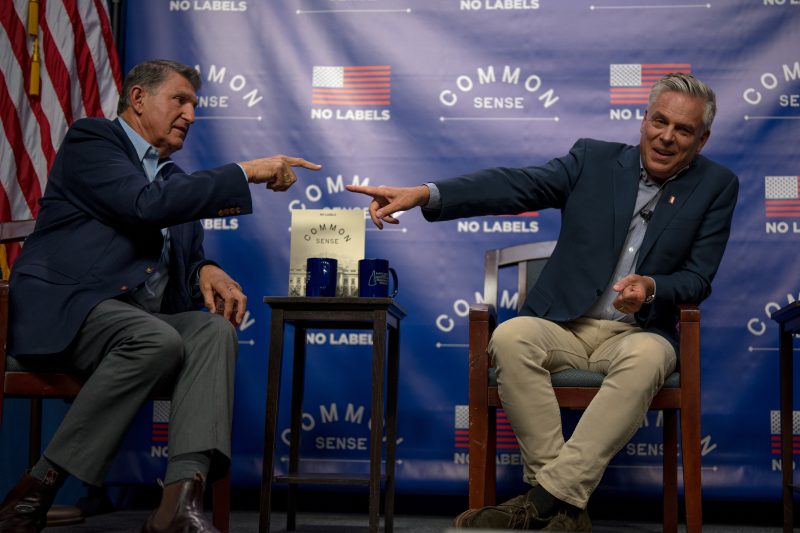The popularity of third-party candidates has grown in recent years, as many voters become dissatisfied with the major two parties. However, it’s important to remember that minor and third-party candidates must have a platform that appeals to a wide constituency and be attractive to the media in order to stand a chance of success.
The most prominent third-party candidates in recent years include the likes of Jill Stein (Green Party), Gary Johnson (Libertarian Party), and Evan McMullin (independent). In the 2020 Presidential election, candidates Jo Jorgenson (Libertarian Party) and Howie Hawkins (Green Party) have received some attention.
Looking to the future of third-party politics, some public figures—such as former Starbucks CEO Howard Schultz—have floated the idea of running a centrist campaign that might bridge the gap between progressive and conservative policies. Former Representative Justin Amash has indicated he may run as an independent in 2020, although he has yet to officially announce his candidacy. Within the Green Party, figures such as Julián Castro—the former mayor of San Antonio and former Secretary of Housing and Urban Development under Barack Obama—have been identified as potential nominees.
Regardless of the eventual candidates, it’s clear that the market for third-party candidates will continue to remain hot for the foreseeable future as voters become ever-more disillusioned with the traditional two-party system.
